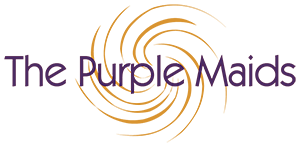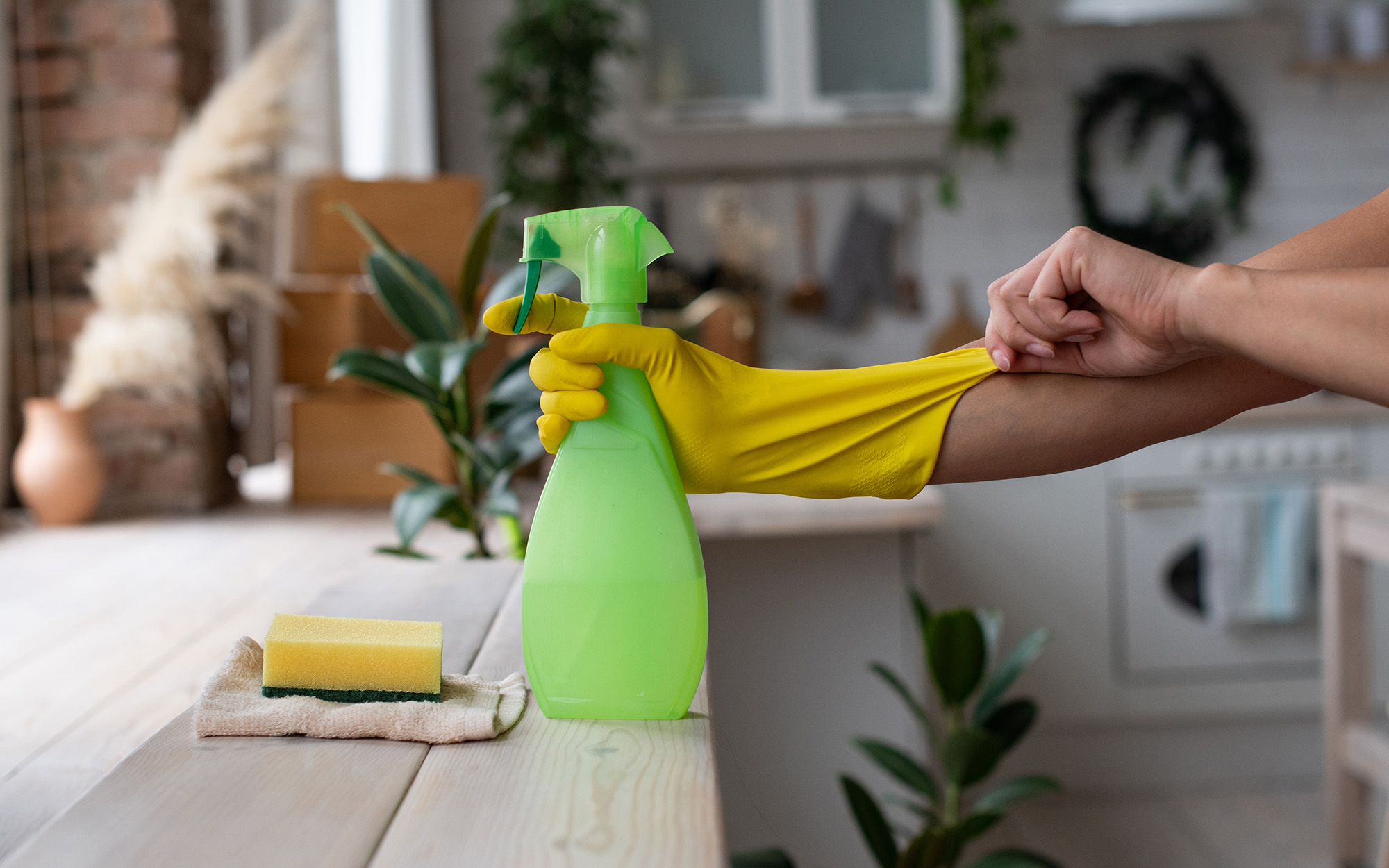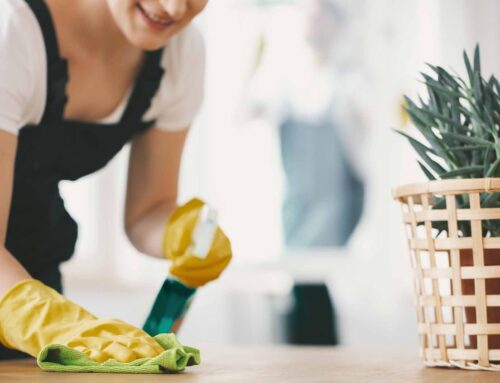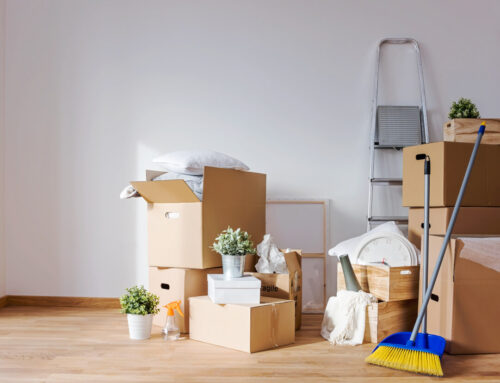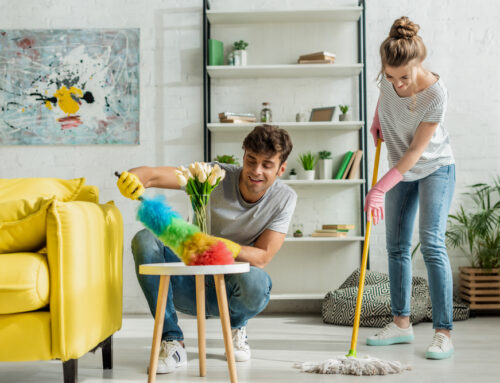Cleaning your home is a routine task that most of us undertake regularly. But have you ever stopped to question whether you’re doing it right? Myths and misconceptions about home cleaning and sanitization abound, leaving many homeowners in the dark about the best practices. In this comprehensive guide, we will challenge these common misconceptions and provide evidence-backed insights on home sanitization. Our focus will be on Seattle, WA, and we’ll be drawing from the expertise of The Purple Maids, who have been at the forefront of maintaining clean and healthy homes in the area.
Introduction
We all want a clean and healthy living space, but with the wealth of information available today, it’s easy to be misled by cleaning myths. In this article, we will debunk these myths and shed light on the effective ways to maintain a pristine home environment. The Purple Maids, based in Seattle, WA, will share their insights and experiences to help you make informed choices about home sanitization.
The Importance of Home Sanitization
Before we dive into debunking myths, let’s understand why home sanitization is crucial.
A clean home:
- Promotes Health: A sanitized home reduces the risk of illnesses by eliminating germs and allergens.
- Enhances Comfort: A tidy space is more comfortable and inviting.
- Preserves Your Investment: Regular cleaning and sanitization extend the lifespan of your furniture and fixtures.
Debunking Cleaning Myths
Myth 1: All Cleaning Products Are Created Equal
One common misconception is that all cleaning products are equally effective. The truth is, different surfaces and situations require specific products. Using a multipurpose cleaner on everything may not yield the best results.
The Purple Maids’ Insight: “We always match the cleaning product to the surface. For example, using an abrasive cleaner on a delicate surface can cause damage. Understanding the right product for each job is essential.”
Myth 2: Cleaning and Sanitizing Are the Same
Cleaning and sanitizing are often used interchangeably, but they have distinct purposes. Cleaning removes dirt and debris, while sanitizing reduces the number of bacteria and viruses on surfaces.
The Purple Maids’ Insight: “We follow a two-step process: cleaning to remove dirt, then sanitizing to kill germs. Both are essential for a truly clean and healthy home.”
Myth 3: More Cleaning Product Means Better Results
Using excessive cleaning product doesn’t guarantee better results. In fact, it can leave behind residue and may require more rinsing, which isn’t always practical.
The Purple Maids’ Insight: “We use the right amount of product for the job. It’s about efficiency and ensuring that surfaces are clean and residue-free.”
Myth 4: DIY Cleaning Solutions Are Always Effective
The internet is flooded with DIY cleaning recipes, but not all of them are as effective as they claim. Some homemade solutions may lack the germ-killing power of commercial products.
The Purple Maids’ Insight: “We appreciate the DIY spirit, but for thorough sanitization, professional-grade products are often necessary. Our team knows when to DIY and when to use commercial solutions.”
Myth 5: Cleaning Less Saves Time
Some believe that cleaning less frequently saves time and effort. However, neglecting regular cleaning can lead to more challenging and time-consuming tasks down the road.
The Purple Maids’ Insight: “Consistent cleaning routines make the job easier in the long run. It’s about maintenance and prevention rather than sporadic intensive cleaning.”
Debunking Cleaning Myths: The Purple Maids’ FAQs
How often should I clean my home for optimal sanitization?
Regular cleaning is essential. The frequency depends on your household’s activity level and the number of occupants. Typically, a weekly cleaning routine is sufficient, with more intensive cleaning tasks scheduled monthly.
Are natural cleaning products always safer than commercial ones?
Not necessarily. While natural products have their merits, some cleaning situations require the strength of commercial disinfectants. It’s about using the right tool for the job.
Can I use the same cleaning product for all surfaces?
No, different surfaces require different cleaning products. Using the wrong product can damage surfaces or be less effective.
What are the most commonly overlooked areas during home cleaning?
Often, high-touch surfaces like doorknobs, light switches, and remote controls are overlooked. These areas can harbor germs and should be sanitized regularly.
How can I make cleaning a more manageable task?
Creating a cleaning schedule and involving all household members can distribute the workload and make cleaning more manageable.
Conclusion
Debunking cleaning myths is essential for maintaining a clean and healthy home environment. The Purple Maids in Seattle, WA, have shown us that effective home sanitization requires understanding the nuances of cleaning products, techniques, and the importance of consistency. By following industry best practices and debunking these myths, you can create a cleaner, healthier living space for you and your family.
